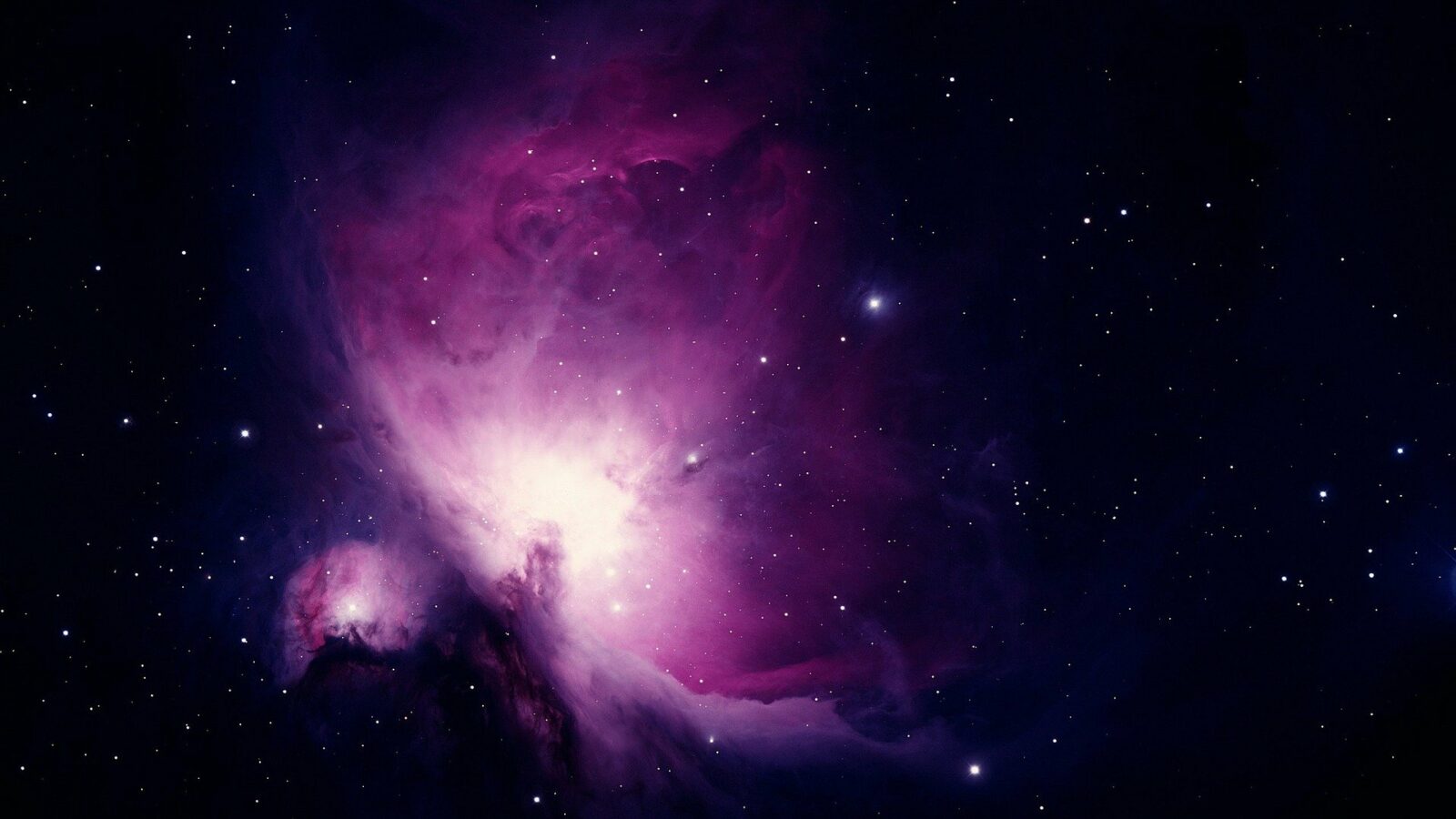Recently acquired data from late September 1 from NASA’s Perseverance rover is proof that the team reached its goal of obtaining a Mars rock.
The initial images received after the amazing event depict a well-captured sample within the tube after coring.
Unfortunately, extra images taken after the arm completed the sample harvesting led to inconclusive speculations because of poor sunlight conditions.
Additional sets of images with improved lighting will be taken before the sampling process will go on.
Gathering extra pictures before sealing and storing the sample is an additional step the team chose to implement due to the rover’s sampling attempt from August 5.
The team is fairly confident that the sampling attempt was successful, but some extra images under better lighting conditions will confirm that.
The rover’s Sampling and Caching System relies on a rotary percussive drill plus a hollow coring bit at the end of its 2-meter long robotic arm to take samples only a bit thicker than a pencil.
A sample tube is contained within the bit during coring.
After going through with yesterday’s coring, the rover handled the corer, bit, and open end of the tube so that the Mastcam-Z instrument could take a picture for further validation.
The sample collection mission aims to sample a briefcase-sized rock from a ridgeline over 900 meters long, containing rock outcrops and boulders.
Jennifer Trosper, project manager of NASA’s Jet Propulsion Laboratory of Southern California, said:
“The project got its first cored rock under its belt, and that’s a phenomenal accomplishment. The team determined a location, and selected and cored a viable and scientifically valuable rock. We did what we came to do. We will work through this small hiccup with the lighting conditions in the images and remain encouraged that there is sample in this tube.”
The commands sent to the rover today will make it acquire new images of the tube on September 3, at a time when the Sun’s light shines upon the red planet at a more favorable angle for photography.
The photos will reach Earth on the morning of September 4.
Stay tuned for more news on the samples!












Leave a Reply